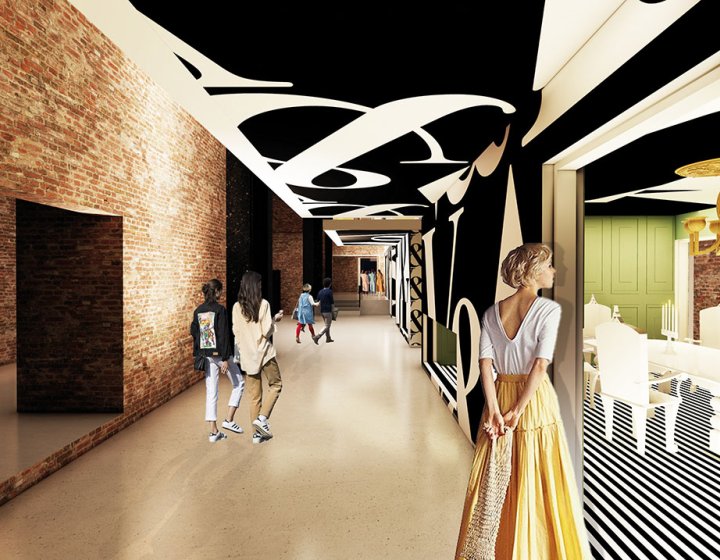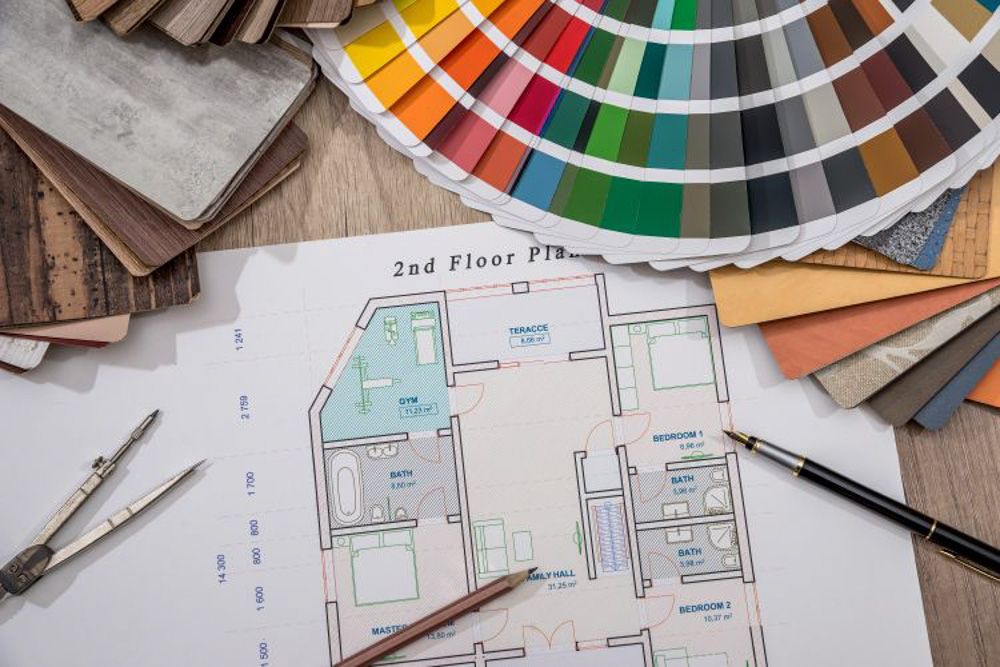Stylish Countryside Interior Styling for Rural Retreats
Stylish Countryside Interior Styling for Rural Retreats
Blog Article
The Art of Equilibrium: Just How Interior Design and Home Designer Collaborate for Stunning Outcomes
In the realm of home design, striking an equilibrium in between visual appeals and functionality is no small feat. This fragile stability is accomplished with the harmonious partnership between interior developers and engineers, each bringing their special experience to the table. Remain with us as we check out the ins and outs of this collaborative process and its transformative influence on home style.
Comprehending the Core Differences Between Interior Design and Home Style
While both Interior Design and home design play vital roles in producing visually pleasing and functional rooms, they are naturally different techniques. Home design mainly concentrates on the architectural elements of the home, such as building codes, safety and security policies, and the physical construction of the area. It takes care of the 'bones' of the structure, collaborating with spatial dimensions, load-bearing wall surfaces, and roofing designs. On the various other hand, Interior Design is more worried with improving the sensory and visual experience within that framework. It includes choose and organizing furniture, picking color systems, and incorporating ornamental elements. While they operate in tandem, their functions, responsibilities, and locations of competence diverge dramatically in the creation of an unified home setting.
The Harmony Between Home Architecture and Inside Layout
The harmony in between home architecture and Interior Design exists in a common vision of layout and the enhancement of functional looks. When these 2 areas align harmoniously, they can transform a space from regular to phenomenal. This collaboration calls for a much deeper understanding of each discipline's concepts and the capacity to produce a natural, visually pleasing setting.
Unifying Layout Vision
Unifying the vision for home design and interior layout can produce a harmonious living space that is both functional and visually pleasing. It promotes a collaborating method where building elements enhance interior layout elements and vice versa. Hence, unifying the style vision is essential in mixing architecture and indoor design for stunning results.
Enhancing Useful Aesthetic Appeals
How does the synergy in between home design and Interior Design boost functional looks? This synergy makes it possible for the development of rooms that are not only visually enticing but also comfortably functional. Engineers lay the groundwork with their structural layout, ensuring that the area is reliable and practical. The interior designer after that enhances this with carefully picked elements that improve the appearances without compromising the performance. This unified cooperation can cause homes that are both beautiful and liveable. For instance, an architect may create a home with high ceilings and big home windows. The interior developer can after that emphasize these attributes with high plants and large drapes, specifically, hence boosting the visual appeal while maintaining the sensible benefits of natural light and spaciousness.
Importance of Cooperation in Creating Balanced Spaces
The partnership in between interior developers and designers is pivotal in creating well balanced areas. It brings harmony in between style and architecture, bring to life rooms that are not only cosmetically pleasing however also practical. Exploring successful collective strategies can supply insights right into how this synergy can be properly achieved.
Integrating Design and Style
Equilibrium, a crucial facet of both indoor design and architecture, Read More Here can only really be achieved when these 2 areas job in harmony. This collaborative procedure results in a natural, well balanced style where every element has a purpose and adds to the overall visual. Integrating layout and design is not just concerning producing stunning spaces, yet regarding crafting areas that work flawlessly for their occupants.
Successful Collaborative Methods

Instance Studies: Successful Assimilation of Design and Style
Checking out a number of study, it ends up being apparent just how the successful assimilation of Interior Design and style can transform a room. The Glass Home in Connecticut, renowned for its minimalistic elegance, is one such instance. Architect Philip Johnson and indoor designer Mies van der Rohe worked together to create an unified equilibrium between the structure and the inside, resulting in a smooth circulation from the exterior landscape to the internal living quarters. An additional prototype is the Fallingwater Home in Pennsylvania. Engineer Frank Lloyd Wright and indoor developer Edgar Kaufmann Jr.'s joint initiatives result in a strikingly distinct residence that blends with its all-natural environments. These instance researches underline the profound effect of a successful layout and architecture collaboration.

Overcoming Difficulties in Layout and Design Collaboration
In spite of the indisputable benefits of a successful cooperation in between interior design and design, it is not without its obstacles. Engineers might prioritize architectural stability and safety, while designers focus on convenience and style. Effective communication, common understanding, and concession are essential to get rid of these obstacles and accomplish a harmonious and effective collaboration.

Future Patterns: The Advancing Relationship In Between Home Architects and Interior Designers
As the globe of home style proceeds to evolve, so does the partnership in between engineers top article and interior developers. The trend leans in the direction of a more joint and incorporated strategy, damaging devoid of standard roles. Architects are no much longer entirely concentrated on structural integrity, however also involve in boosting visual charm - Winchester architect. On the other hand, interior designers are accepting technological facets, influencing general format and capability. This evolving symbiosis is driven by improvements in modern technology and the expanding demand for spaces that are not just aesthetically pleasing but also functional and sustainable. The future promises a more natural, innovative, and flexible method to home layout, as designers and architects continue to obscure the lines, fostering a relationship that really embodies the art of equilibrium.
Conclusion
The art of balance in home design is achieved with the unified collaboration in between indoor developers and engineers. Regardless of challenges, this collaboration promotes growth and advancement in layout.
While both interior style and home architecture play necessary roles in producing aesthetically pleasing and useful areas, they are inherently various techniques.The synergy in between home style and indoor style lies in a common vision of style and the improvement of useful looks.Linking the vision for home architecture and indoor style can create an unified living area that is both functional and aesthetically pleasing. Thus, unifying the style vision is vital in mixing design and indoor style for spectacular outcomes.
Just how does the harmony in between home style and interior style improve practical aesthetics? (Winchester architect)
Report this page